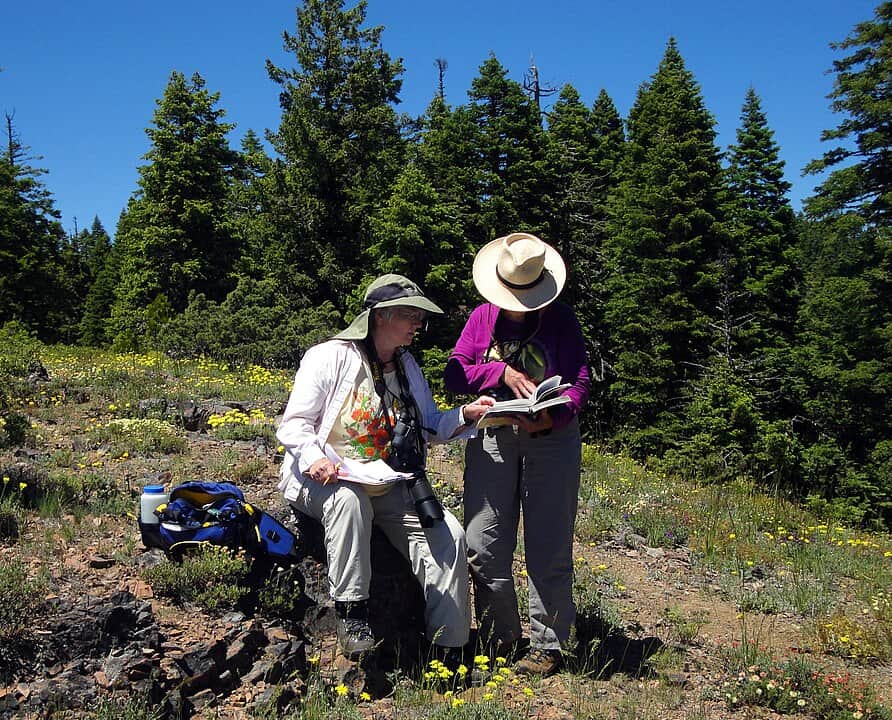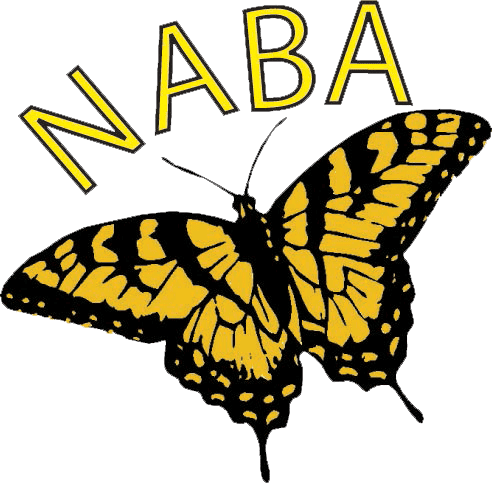Butterfly Counts
Butterfly counts are a hallmark of the citizen science and action North American Butterfly Association members take to protect butterfly populations.
30+ Years of Butterfly Counts
The North American Butterfly Association has run the Butterfly Count Program in the United States, Canada, and Mexico since 1993. Each of the approximately 450 annual counts consists of a compilation of all butterflies observed at sites within a 15-mile diameter count circle in a one-day period. The annually published reports provide a tremendous amount of information about the geographical distribution and relative population sizes of the species counted. Comparisons of the results across years can be used to monitor changes in butterfly populations and study the effects of weather and habitat change on North American butterflies.
Joining a Butterfly Count
Butterfly counts are driven by butterfly lovers just like you. All it takes is a desire to participate in a day-long count to help track the North American butterfly populations. Find an active count near you on the map page; if there isn’t one, you can register your own.
Counts are open to the public and count on new participants like you. Depending on the count, one or more parties will survey sites within the 15-mile diameter count circle on a given day. The compiler (count leader) will let you know when and where to meet.
Three of the main goals of NABA’s Butterfly Count Program are to:

How to Start a New Butterfly Count
We have found that a minimum of four observers and six party-hours best meets these three goals.
In order to strengthen the goals of the program, compilers of new butterfly counts are requested to pre-register their count circles with the NABA office prior to holding a count for the first time. Please note that it is suggested but not mandatory to pre-register new count circles in order to hold a NABA Butterfly Count.
By providing the NABA office with notification prior to holding a new count you can ensure that your new count circle does not overlap any current or historical count circle, and that you have provided all the descriptive information needed to publish your count in the annual Butterfly Count Report.
New compilers are encouraged to carefully consider their count circle coordinates, because count data become more valuable the longer a count is run. While it may not be possible to cover an entire count circle in the early years of a new count, the chosen count circle should reflect the hope that more participants will join the count as it becomes established, thereby helping to cover more of the count circle area. Changing a count circle’s coordinates after the count’s inception to include more desirable counting areas lessens the value of the data collected and therefore does not serve the first goal of the Count Program.
Once your count is pre-registered, we will be able to post your count location and date to the NABA website and possibly publicize your count through targeted emails. All new counts must have a minimum of FOUR (4) observers and SIX (6) party-hours. You should begin a count only when you have the reasonable expectation that you will be able to field a minimum of four observers each year. With advance knowledge of new counts, NABA may be able notify possible participants whose numbers can increase the overall success of new counts.
We request that you pre-register a new count at least 30 days prior to your proposed count. Without this lead time, NABA will probably not be able to announce the new count, but we would still appreciate an email notification so that we can check the count circle coordinates prior to the actual count date.
Please submit the results of all new counts to NABA online at www.butterflycounts.org. Please note that NABA strongly encourages all counts to avoid the use of nets. Instead, identify and count butterflies using binoculars and cameras.
